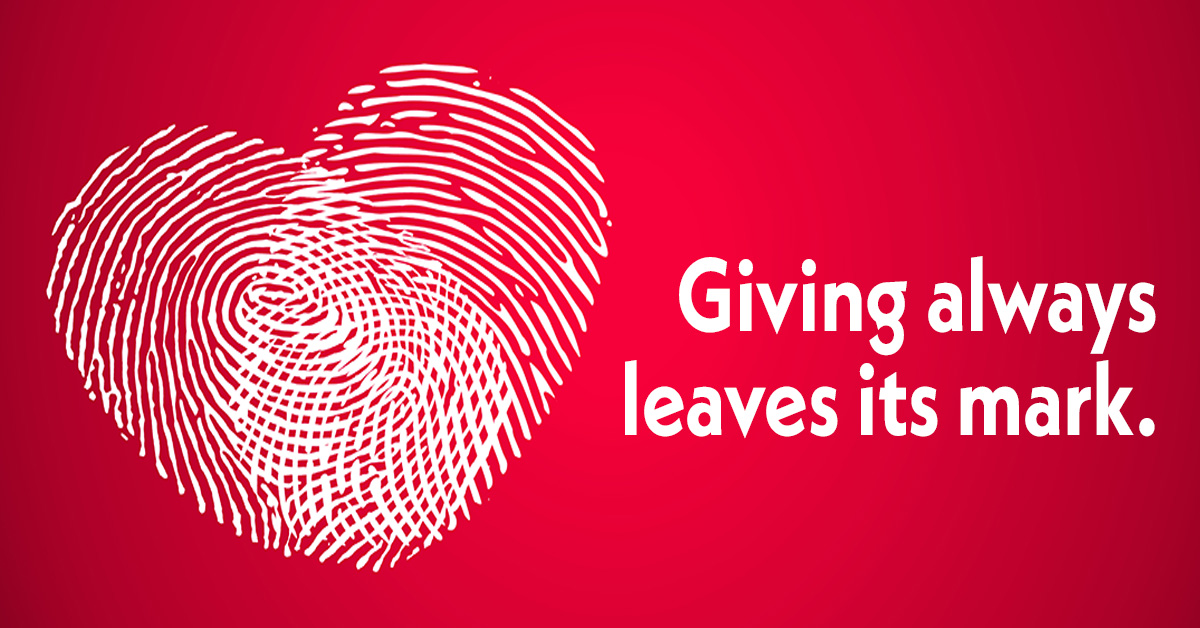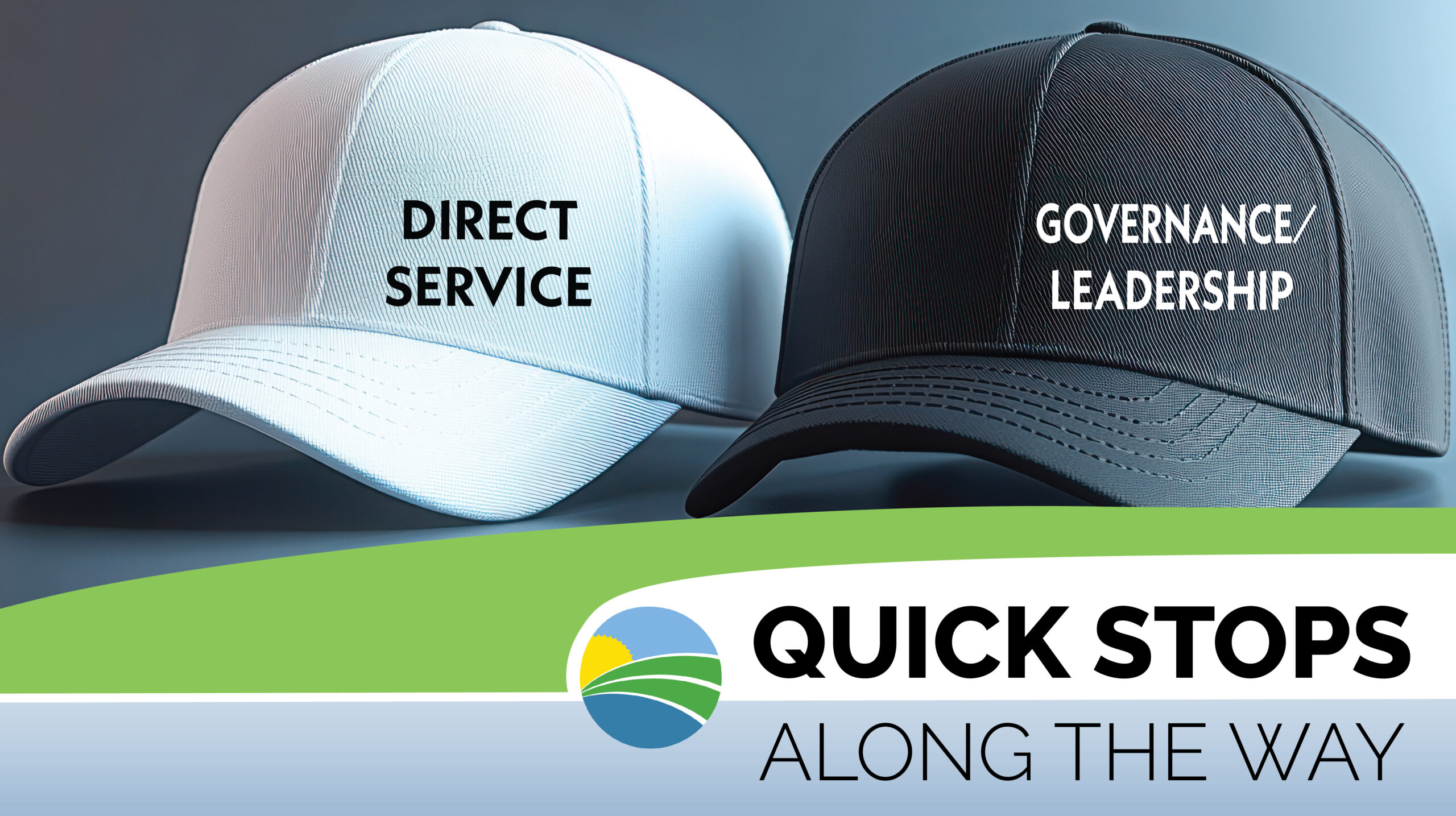In a world where even a cup of coffee leaves a digital fingerprint, is it still possible to give anonymously?
From online donation forms to tax records to social media thank-yous, “anonymous giving” isn’t as simple as it once was.
What does anonymous really mean? Does it mean that no one knows you gave? That only a few do? Or simply that you chose not to be recognized publicly? The questions aren’t new, but the digital age makes them far more complicated.
Ancient wisdom meets the cloud
Centuries before email receipts and database records, the twelfth-century Jewish scholar Maimonides wrote about giving in The Laws About Giving to Poor People.
His famous Eight Levels of Giving describe acts of generosity from the least to the most charitable. Two of the highest levels focus on anonymity:
- When the giver knows the recipient, but not the reverse.
- When neither knows the other. He calls it the purest form of giving.
Maimonides imagined giving as a private act, known only in the heart. Today, our giving often lives in cloud servers and spreadsheets.
A faithful reminder
For many, the words of Jesus still ring true: “So when you give to the needy, do not announce it with trumpets…” — Matthew 6:1
He urged us to give quietly, unseen. Yet how do you stay unseen when every “Donate Now” button wants your name, email, and ZIP code?
True secrecy now takes effort and intention.
The “Anonymous” Funder Story
Years ago, while leading our local United Way, I received a call from a man representing a group that quietly funded community programs. Their gift came with one condition: no public recognition.
Later, at a meeting with other agency directors, I shared the news. Heads nodded and smiles spread around the table—each of them had received an “anonymous” grant from the same mysterious funder.
Anonymous? Maybe not in name, but certainly in spirit.
Why some donors stay anonymous
Anonymous donors are everywhere – individuals, families, and foundations who simply prefer privacy.
Some choose it because public attention feels uncomfortable. Others want to give larger gifts without raising expectations or being flooded with new requests.
Anonymous giving allows donors to:
- Focus intentionally on causes they care about most.
- Give freely without pressure to match or explain.
- Protect privacy in a world where information spreads quickly.
Why some choose to be known
There are also good reasons not to remain anonymous.
When your name appears on a donor list, it often inspires others to give. Public recognition builds trust, showing that a cause is worth supporting. Your visibility can also boost morale for staff, volunteers, and board members who see that their work matters.
In that sense, public giving becomes its own quiet gift – encouragement.
A modern middle ground
For those who want to balance privacy and participation, a donor-advised fund can help.
Through a community foundation in your area or national platforms like Fidelity Charitable, you can make gifts in your fund’s name rather than your own. The nonprofit receives the support but doesn’t necessarily see your identity. Records still exist for tax purposes, but your giving can remain private to the public eye.
So, can giving still be anonymous?
Complete anonymity is rare today, but the heart behind it endures. Whether your name appears on a donor wall or nowhere at all, what matters most is the why behind your gift.
True generosity has never depended on recognition—only on compassion.
And that, in any century and using any technology, is what it means to give well.
If you have a question or a topic you would like to see explored in future posts, please reach out to me.


